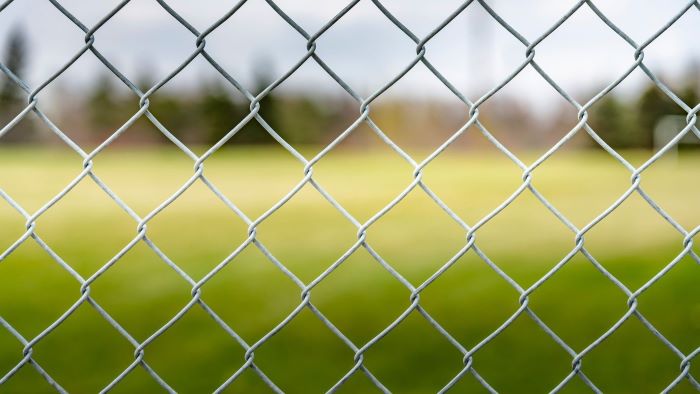Garden fences can serve a variety of purposes, from providing privacy and security to adding aesthetic appeal to a property. However, the environmental impact of traditional garden fence materials such as wood and PVC can be significant. As consumers become increasingly concerned about their carbon footprint and the impact of their purchases on the planet, sustainable options for garden fences are gaining popularity. In this article, we will explore the environmental impact of garden fences and highlight sustainable options that homeowners can consider.
The Environmental Impact of Traditional Garden Fences
Traditional garden fence is typically made from materials such as wood, PVC, or metal. Each of these materials has a significant environmental impact.
Wooden fences are often made from pressure-treated lumber, which can contain chemicals that are harmful to the environment. The process of harvesting and processing wood also contributes to deforestation and can have a significant impact on wildlife habitats.
PVC fences are made from plastic, which is derived from fossil fuels. The production of PVC releases harmful chemicals into the environment, and the disposal of PVC products can lead to the release of toxic chemicals into the soil and groundwater.
Metal fences, such as those made from aluminum or wrought iron, require a significant amount of energy to manufacture and transport. The production of metal also results in greenhouse gas emissions, which contribute to climate change.
Sustainable Options for Garden Fences
As consumers become more environmentally conscious, sustainable options for garden fences are becoming increasingly popular. Here are a few sustainable options that homeowners can consider:
Bamboo: Bamboo is a fast-growing and renewable resource that is a popular alternative to traditional wood fencing. It is also naturally resistant to pests and rot.
Recycled Plastic: Recycled plastic fencing is made from post-consumer plastic waste, making it an eco-friendly option. It is also durable and requires little maintenance.
Living Fences: Living fences, such as hedges or shrubs, can provide a natural barrier and can be a beautiful addition to a garden. They also provide habitat for wildlife.
Salvaged Materials: Using salvaged materials, such as reclaimed wood or metal, can reduce the environmental impact of a garden fence. These materials also add character and charm to a property.
Conclusion
Garden fences can have a significant environmental impact, but sustainable options are available. By choosing eco-friendly materials such as bamboo or recycled plastic, homeowners can reduce their carbon footprint and make a positive impact on the planet. Additionally, living fences and salvaged materials are great options for those who want to add a unique touch to their property while minimizing their environmental impact. As we continue to prioritize sustainability, it is important to consider the impact of our purchasing decisions on the planet and to make choices that are in line with our values.


